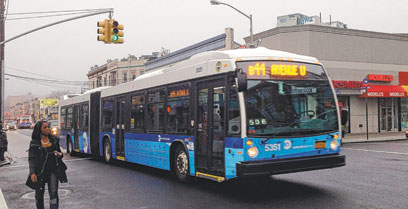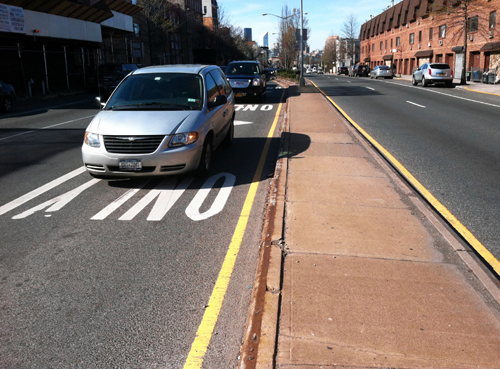Ahead of schedule and under budget, the Canarsie Tunnel linking the L line between Brooklyn and Manhattan is fully operational as of Monday after a year-long partial shutdown, Governor Andrew Cuomo announced Sunday.
But there’s little pomp and circumstance to celebrate the completion of the project thanks to the COVID-19 epidemic that’s caused a catastrophic 90% ridership loss and reduced subway service to “essential” levels just to keep essential workers moving.
On April 26, Cuomo was nonetheless optimistic about what he deemed to be an innovative accomplishment in unprecedented times, with not only opposition to the new approach to repairing the tunnel but also the adjustments forced on New Yorkers from COVID-19.
“It was a thunderstorm of opposition, but we did it anyway and we went ahead with it. We rebuilt the tunnel and the tunnel is now better than before with all these new techniques, it opens today,” Cuomo said.
According to the governor’s office, the project finished up $100 million below budget; it was originally projected to cost $920 million.
Cuomo said full service would resume on the L train starting April 27 under the MTA’s Essential Service Plan, which transit officials announced early on in the pandemic as a 30% service decrease on subways and buses.
A host of repair jobs and upgrades will continue through fall on both sides of the East River, such as new station entrances and exits, elevators, and street restoration at the Bedford Avenue stop in Williamsburg.
The Authority will complete installing two new substations at Maspeth Avenue and Harrison Place in May or June, which will power more trains to run along the busy line.
Builders will also finish work on the fan plant at N. Seventh Street in June, according to Cuomo’s office.
The free transfer between the L train at Livonia Avenue and the 3 train at Junius Street in Brownsville will become permanent, as the agency announced in February.
Meanwhile the free transfer between the G train at Broadway and the JMZ line stations at Lorimer Street and Hewes Street will phase out by June 1 as riders “get used to using the L again,” the agency’s website states.
In the days before the COVID-19 crisis, New Yorkers saw the closure of the projected full closure of the Canarsie Tunnel with ominous regard for the local economies of Brooklyn. But in the early months of 2019, Cuomo and a team of experts from Columbia and Cornell University intervened with a different approach to the Superstorm Sandy-related repairs.
Instead of closing the tunnel entirely for 15 to 18 months, the bench-walls of the structure running beneath the East River were repaired one tube at a time, with closures taking place during overnights and on weekends.
Additional reporting by Kevin Duggan
This story first appeared on AMNY.com.























